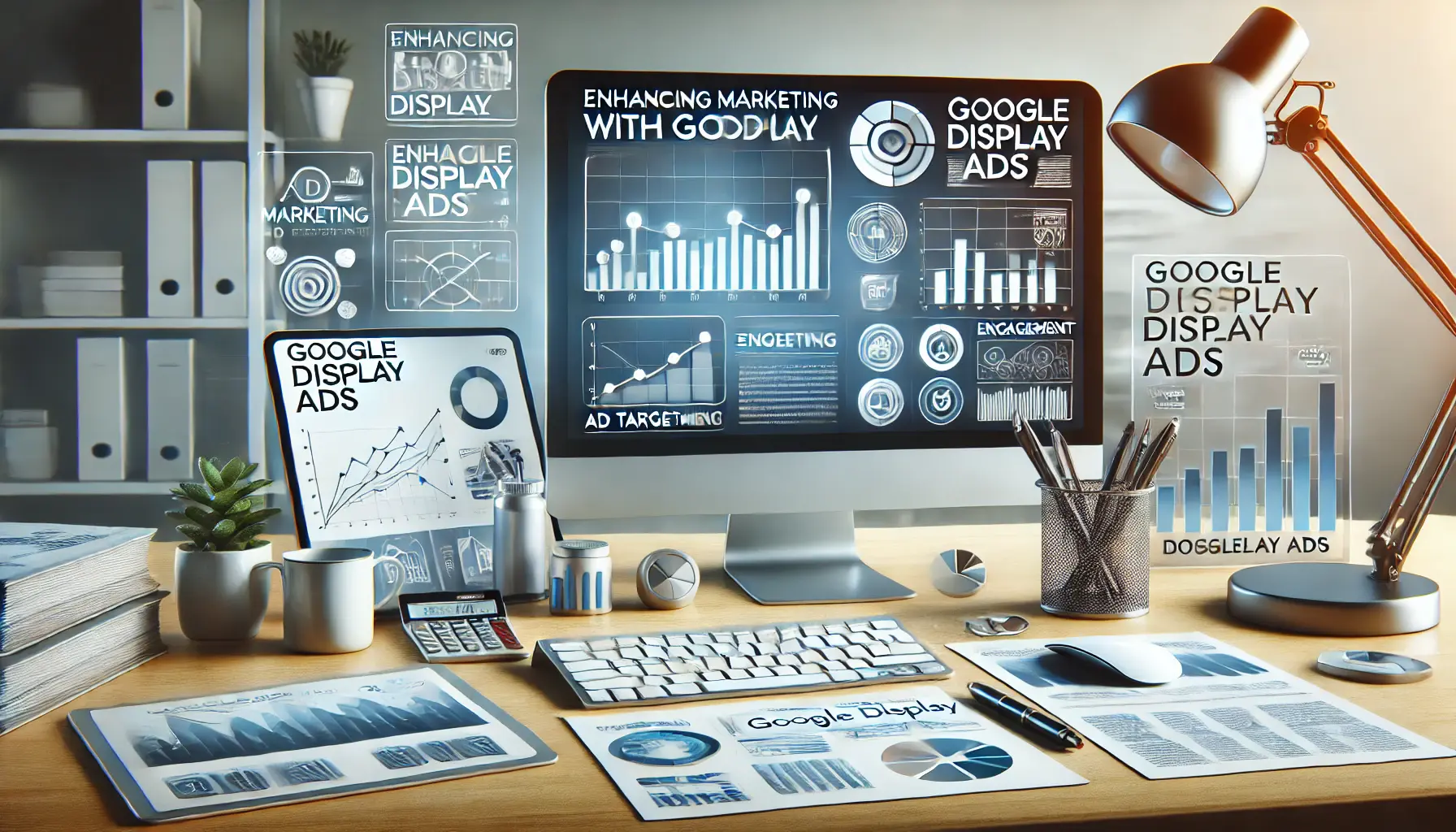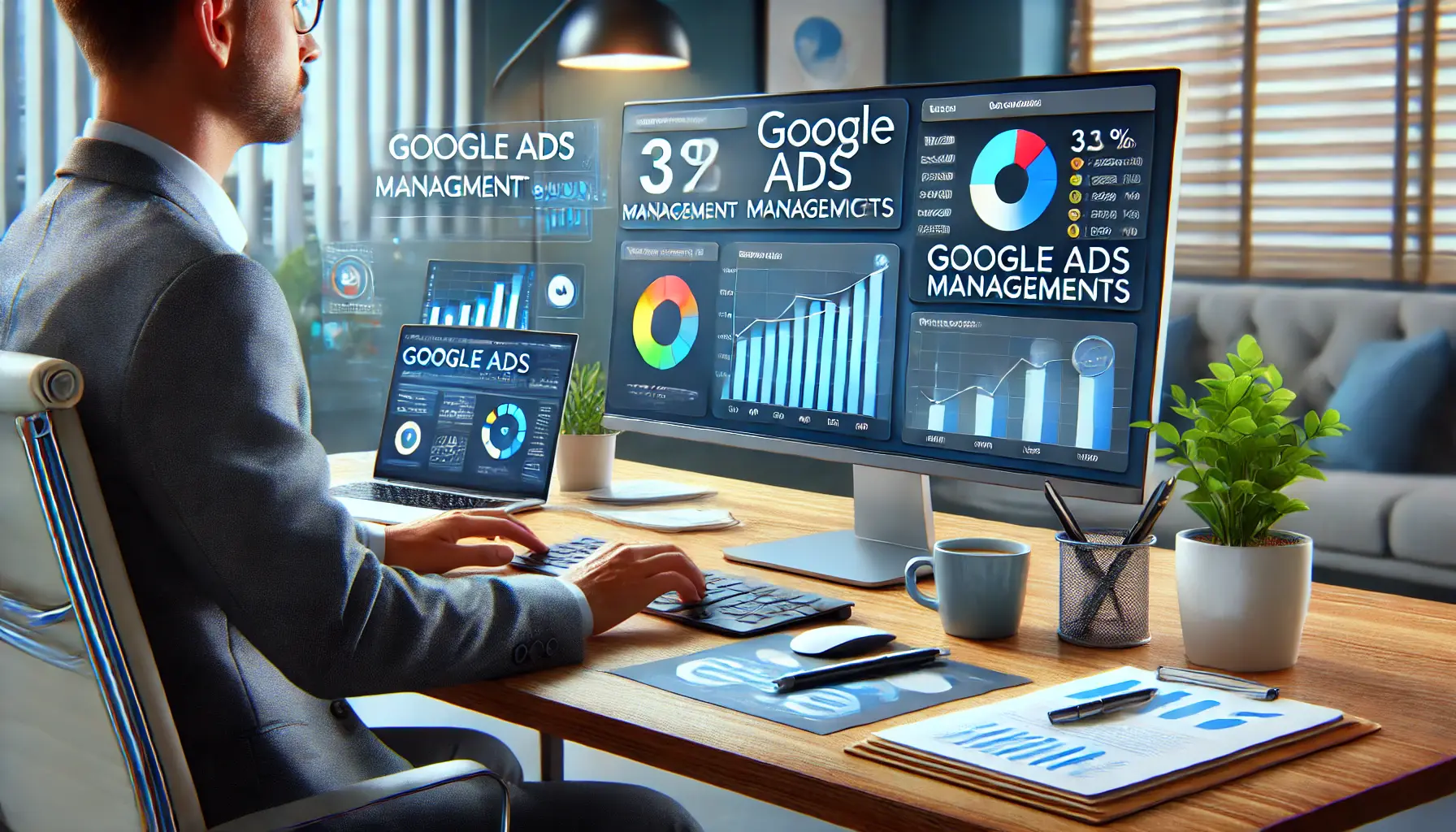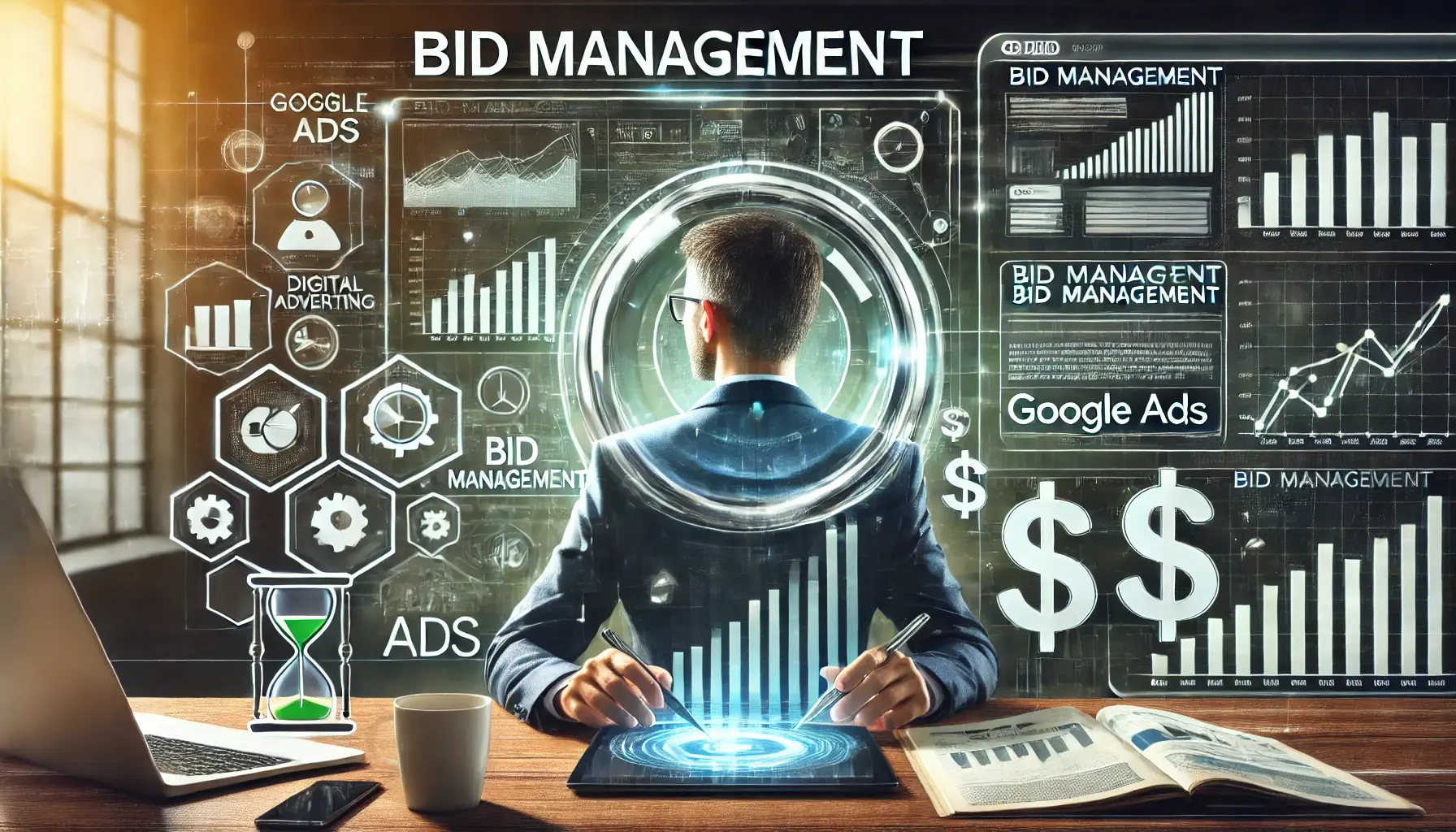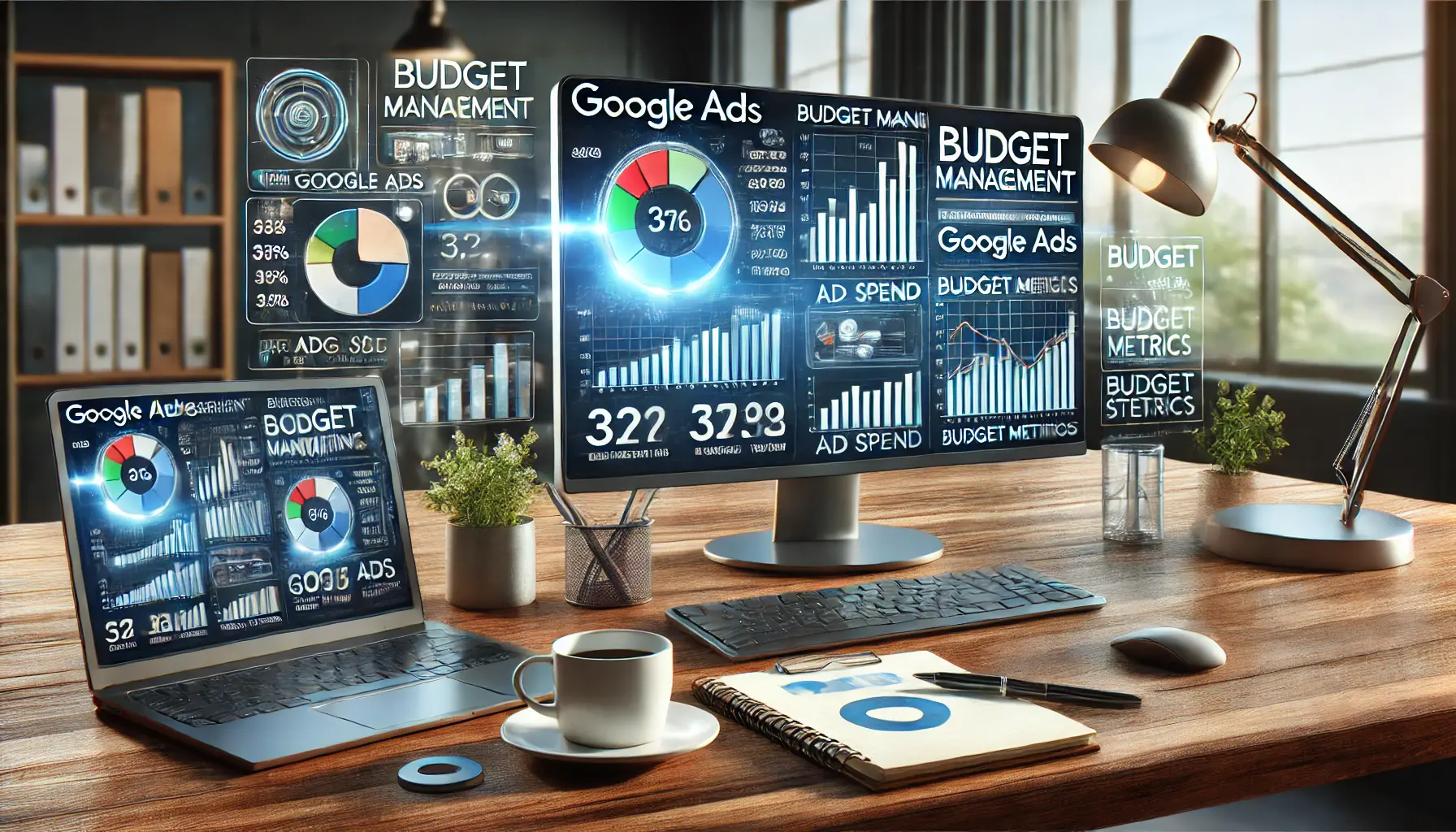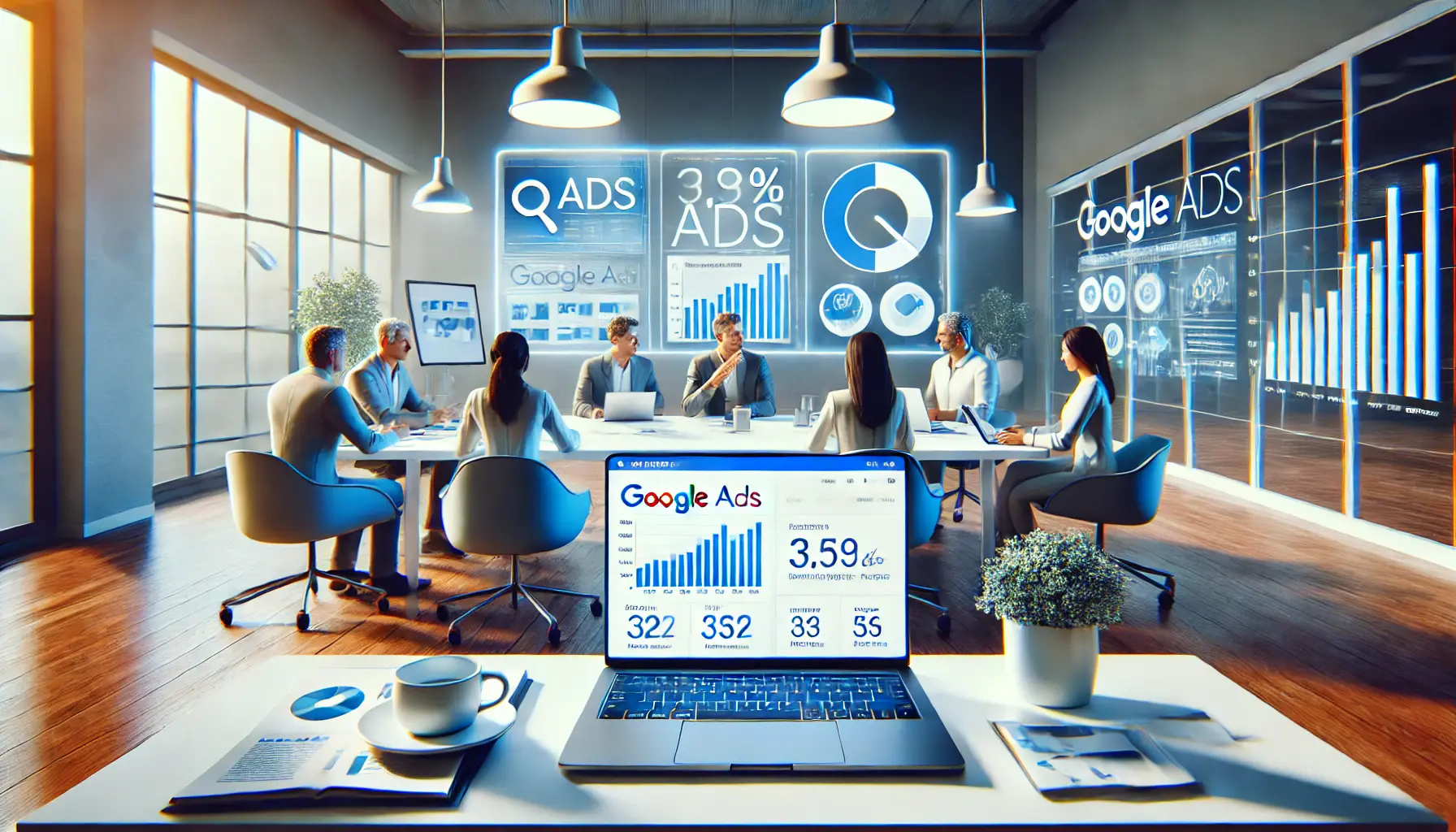In the ever-evolving landscape of digital marketing, staying abreast of the latest developments in Google Ads is crucial for maintaining a competitive edge.
One significant area of transformation is the evolution of campaign controls within the platform.
Understanding these changes is essential for optimizing your advertising strategies and achieving better results.
- Understanding the Evolution of Campaign Controls in Google Ads
- Key Features of the New Campaign Controls
- Best Practices for Utilizing Updated Campaign Controls
- Case Studies: Success Stories with Updated Campaign Controls
- Future Trends in Google Ads Campaign Management
- Summarizing the Evolution and Impact of Campaign Controls in Google Ads
- Frequently Asked Questions about Campaign Controls in Google Ads
Understanding the Evolution of Campaign Controls in Google Ads
Google Ads has gone through many changes since its creation, especially regarding how advertisers manage their campaigns.
Starting off with a basic set of tools for creating and managing ads, over time, it introduced a host of advanced features oriented toward user experience and effectiveness.
In recent years, there has been a significant shift toward the automation of processes within Google Ads.
Features such as Smart BiddingAn automated bidding strategy in Google Ads that uses machine learning to optimize for conversions or conversion value. and Performance MaxA Google Ads campaign type that allows advertisers to access all Google Ads inventory from a single campaign. campaigns are designed around artificial intelligence to drive better ad performance, reducing manual adjustments.
This transition aims to make campaign management more straightforward, enabling advertisers to focus more on strategic planning rather than spending their time on day-to-day operations.
However, this increased automation has also led to a reduction in manual control over certain campaign aspects.
While AI-driven tools can enhance efficiency, some advertisers feel a loss of autonomy, especially those accustomed to manual optimizations.
It is crucial to find a balance that leverages the benefits of automation while retaining necessary control over your campaigns.
With Google Ads continuing to evolve, staying updated on these changes and adapting them into your strategies is essential.
Embracing new campaign controls and their implications allows you to stay ahead in this dynamic field of digital marketing.
Google Ads has consistently refined its campaign controls to improve advertiser efficiency. Staying updated is crucial to leverage these tools effectively.

Key Features of Google Ads’ New Campaign Controls.
Key Features of the New Campaign Controls
Google Ads has introduced several new campaign controls designed to enhance your advertising experience.
These features provide more flexibility and efficiency in managing your campaigns.

AI-Powered Image Enhancements in Digital Marketing.
AI-Powered Image Enhancements
With the integration of artificial intelligence, Google Ads now offers AI-powered image enhancements across various campaign types.
This feature automatically optimizes your visual assets, ensuring they are tailored to perform effectively across different platforms and devices.

Campaign-Level Negative Keywords for Google Ads Performance Max.
Campaign-Level Negative Keywords for Performance Max
Advertisers can now add negative keywordsKeywords used to exclude specific search terms from triggering ads, ensuring more precise targeting. at the campaign level in Performance Max campaigns.
This enhancement allows for more precise targeting by excluding specific terms that are not relevant to your products or services, thereby improving the overall efficiency of your campaigns.

Enhanced Brand Controls in Google Ads Campaigns.
Enhanced Brand Controls
New brand restrictions for broad-match in search campaigns and brand exclusions in Performance Max campaigns have been introduced.
These controls enable you to guide Google AI more effectively, ensuring your ads appear in contexts that align with your brand identity.

Conversational Experience for Efficient Campaign Creation.
Conversational Experience for Campaign Creation
Google Ads has introduced a conversational experience to build Search campaigns.
This AI-powered feature helps you generate optimized headlines and descriptions, saving time during campaign setup and improving ad strength.
These new campaign controls are designed to give you more control and granular options to manage your Google Ads campaigns for better performance and return on investment.
The introduction of AI-powered image enhancements and campaign-level negative keywords highlights the transformative potential of Google Ads features.
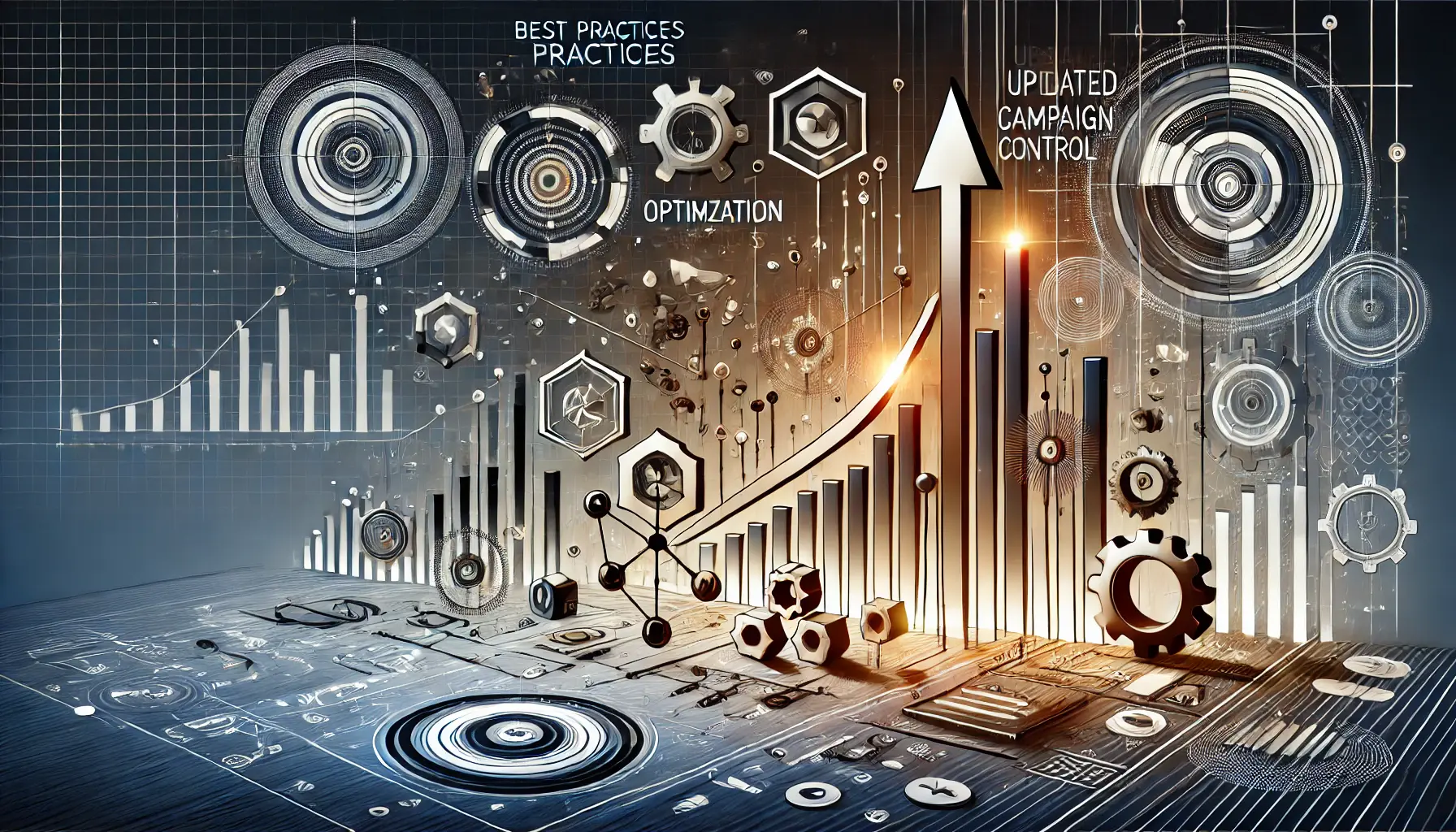
Best Practices for Effective Campaign Management with Updated Controls.
Best Practices for Utilizing Updated Campaign Controls
Leveraging the latest campaign controls in Google Ads can significantly enhance your advertising performance.
Here are some best practices to help you make the most of these features:
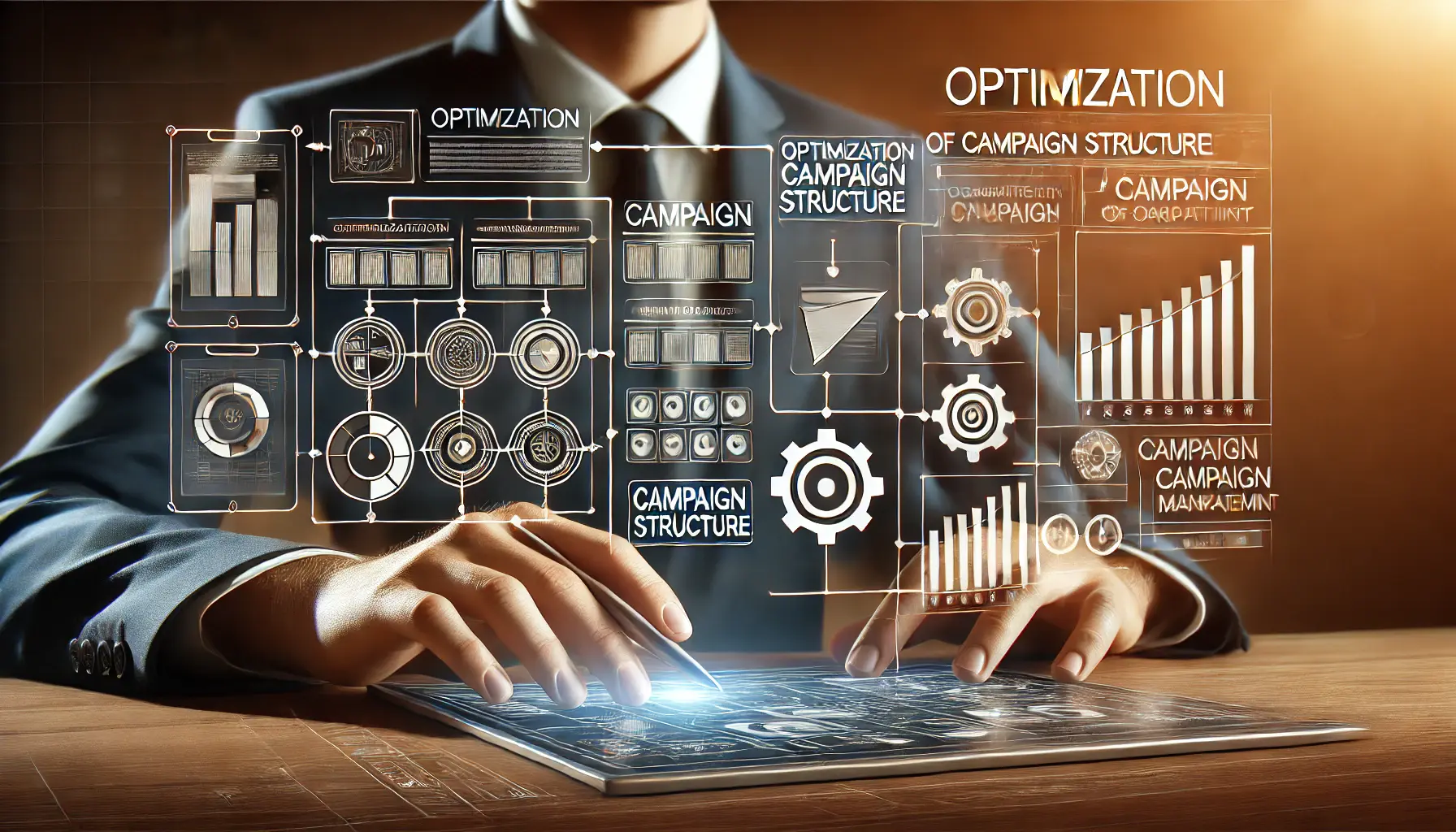
Optimizing Campaign Structure for Effective Management.
1. Optimize Campaign Structure
A well-organized campaign structure is crucial for effective management and performance.
Consider the following tips:
- Account Organization: Ensure your account is structured logically, with campaigns and ad groups that reflect your business goals and product categories.
- Keyword Grouping: Group similar keywords together to create tightly themed ad groups, improving ad relevance and Quality Score.
- Ad Variations: Develop multiple ad variations within each ad group to test performance and identify the most effective messaging.
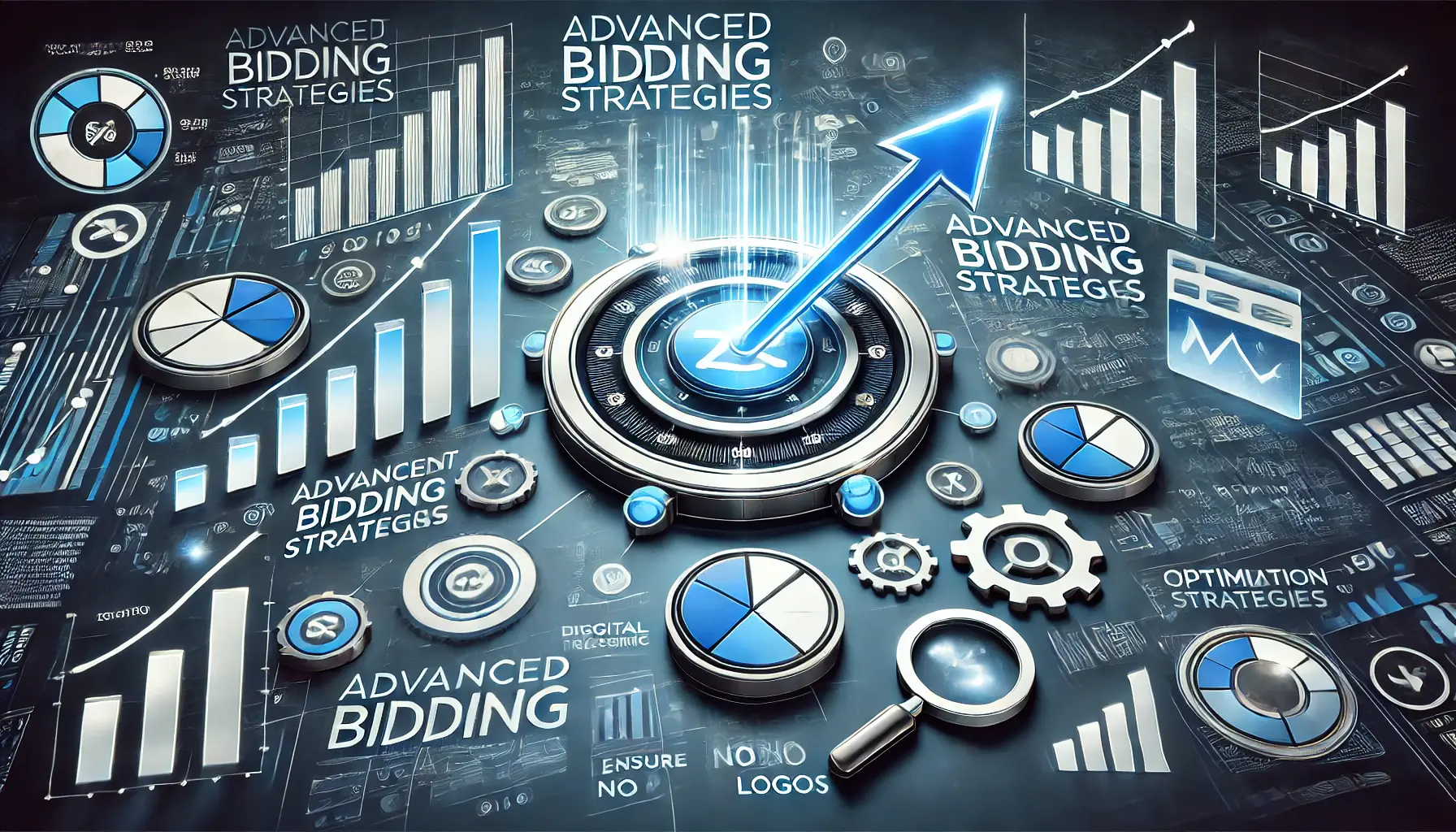
Implementing Advanced Bidding Strategies for Optimal Ad Performance.
2. Implement Advanced Bidding Strategies
Use Google’s AI-driven bidding strategies to maximize your return on investment:
- Smart Bidding: Utilize Smart Bidding strategies, such as Target CPA or Target ROAS, to automatically adjust bids based on real-time data.
- Maximize Conversions: Apply the Maximize Conversions strategy to increase the total number of conversions within your budget.
- Manual Adjustments: Regularly review and adjust bids for high-performing keywords to maintain optimal performance.
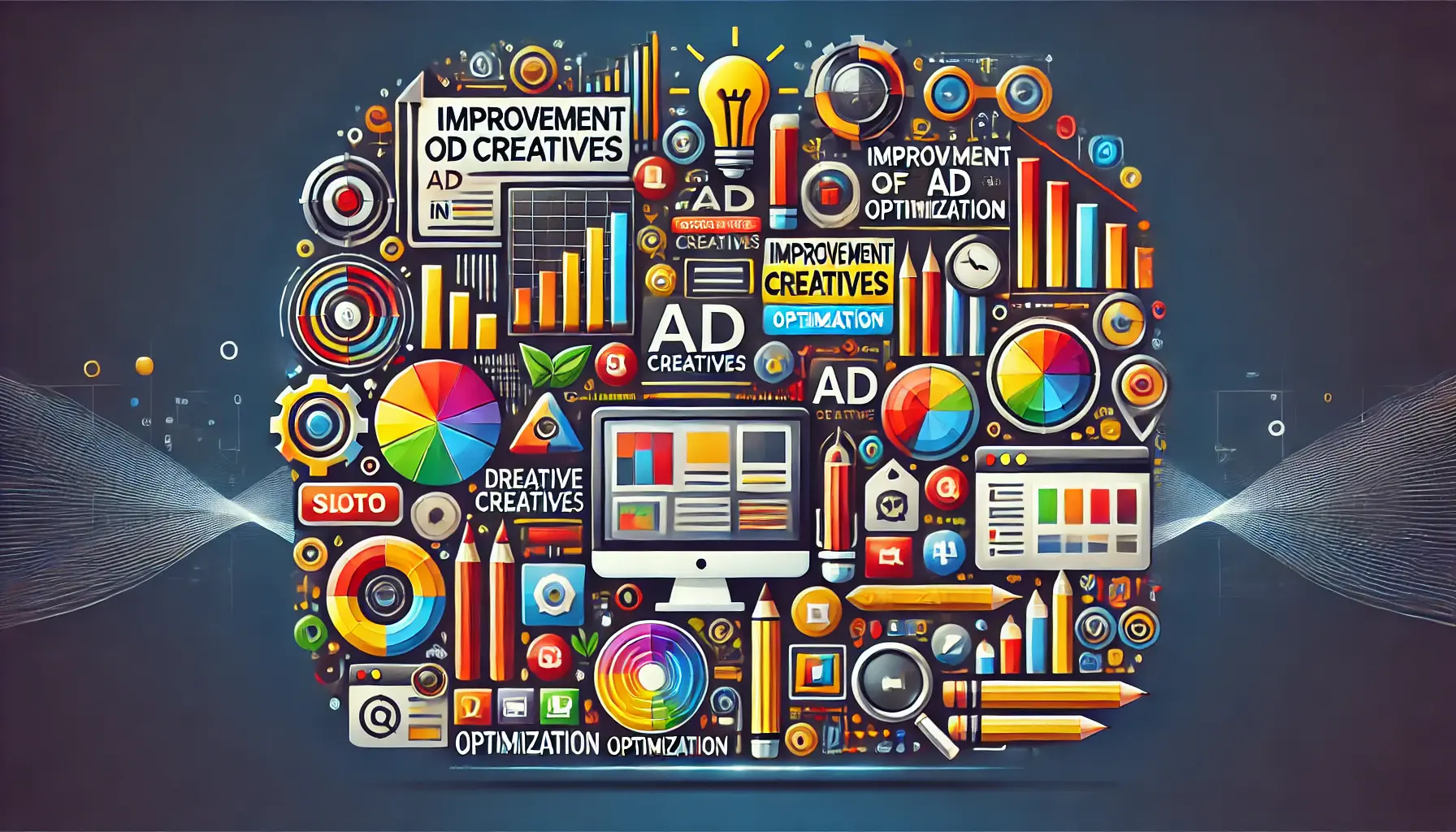
Improving Ad Creatives for Enhanced Marketing Impact.
3. Improve Ad Creatives
High-quality ad creatives are essential for capturing user attention:
- Responsive Search Ads: Create responsive search ads that adapt to user queries, improving relevance and click-through rates.
- Ad Extensions: Incorporate ad extensions such as sitelinks, callouts, and structured snippets to provide additional information and increase ad visibility.
- Regular Updates: Refresh your ad creatives periodically to prevent ad fatigue and maintain user engagement.
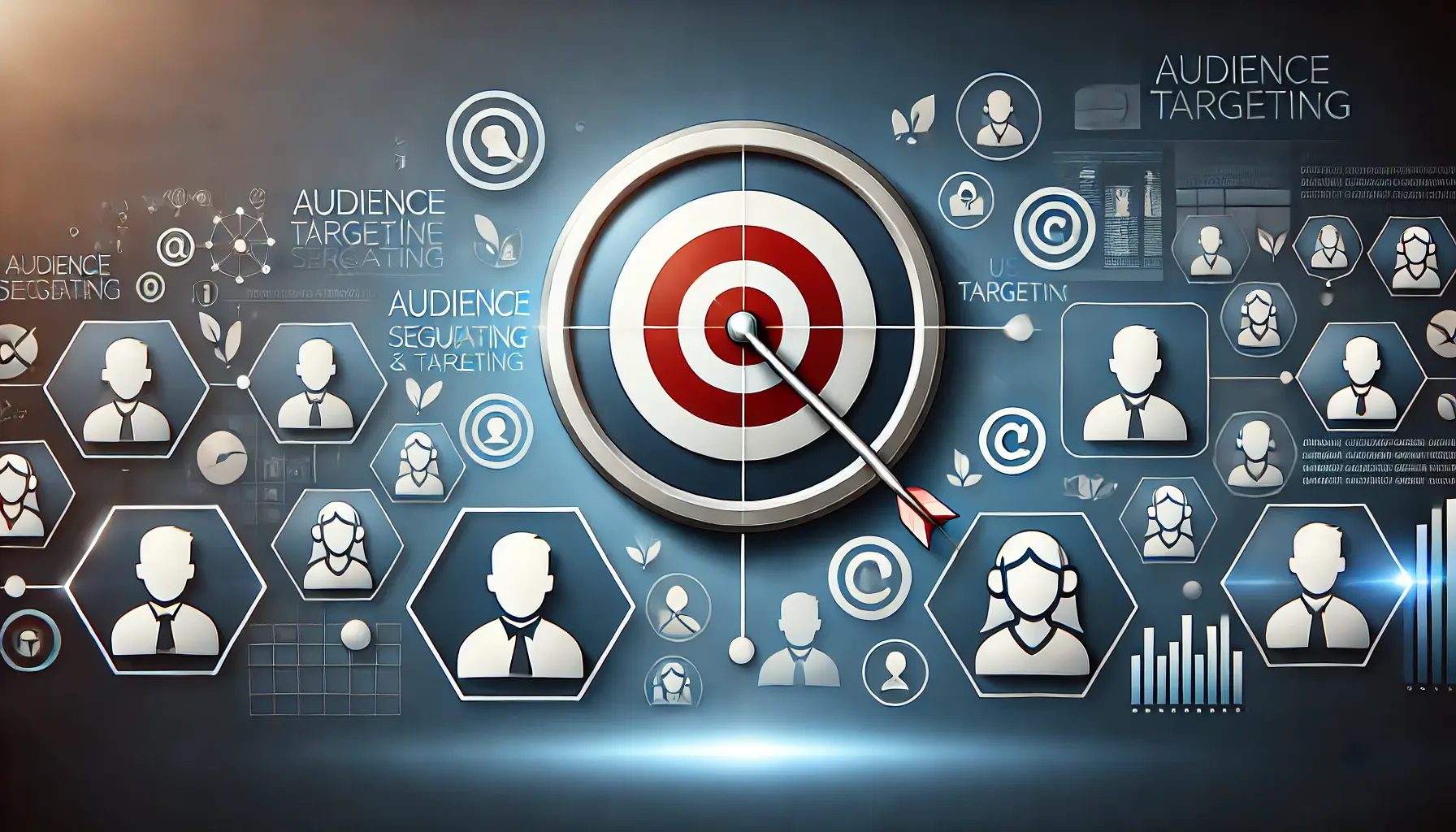
Utilizing Audience Targeting for Precise Campaigns.
4. Utilize Audience Targeting
Refine your audience targeting to reach the most relevant users:
- Custom Audiences: Build custom audiences based on user behavior, interests, and demographics to target your ads effectively.
- Remarketing Lists: Use remarketing lists to re-engage users who have previously interacted with your website or app.
- Exclusion Lists: Exclude irrelevant audiences from seeing your ads by using exclusion lists and saving your budget for high-potential users.
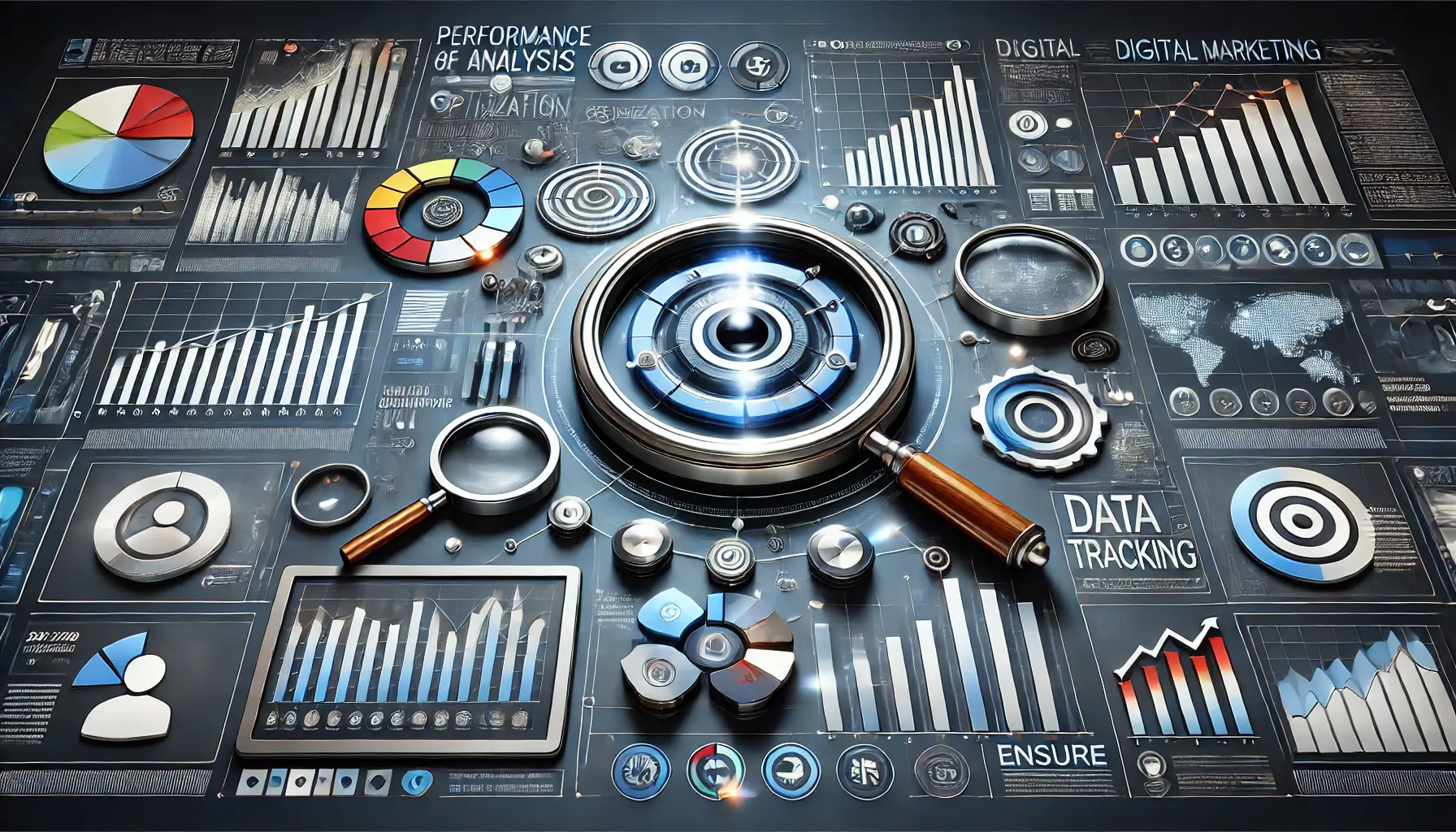
Monitoring and Analyzing Performance for Campaign Optimization.
5. Monitor and Analyze Performance
Regular monitoring and analysis are vital for ongoing optimization:
- Performance Reports: Review performance reports to identify trends, strengths, and areas for improvement in your campaigns.
- A/B Testing: Conduct A/B tests on different ad elements to determine what resonates best with your audience.
- Adjust Strategies: Based on data insights, adjust your bidding, targeting, and creatives to enhance campaign effectiveness.
By following these best practices, you can tap into the full value of the new campaign controls in Google Ads to deliver against your advertising goals and grow your business.
Optimizing campaign structure and using advanced bidding strategies can significantly improve ad performance while aligning with business goals.

Success Stories with Updated Campaign Controls in Digital Marketing.
Case Studies: Success Stories with Updated Campaign Controls
Implementing the latest campaign controls in Google Ads has led to significant successes for various businesses.
Let’s explore some real-world examples that demonstrate the effectiveness of these features.
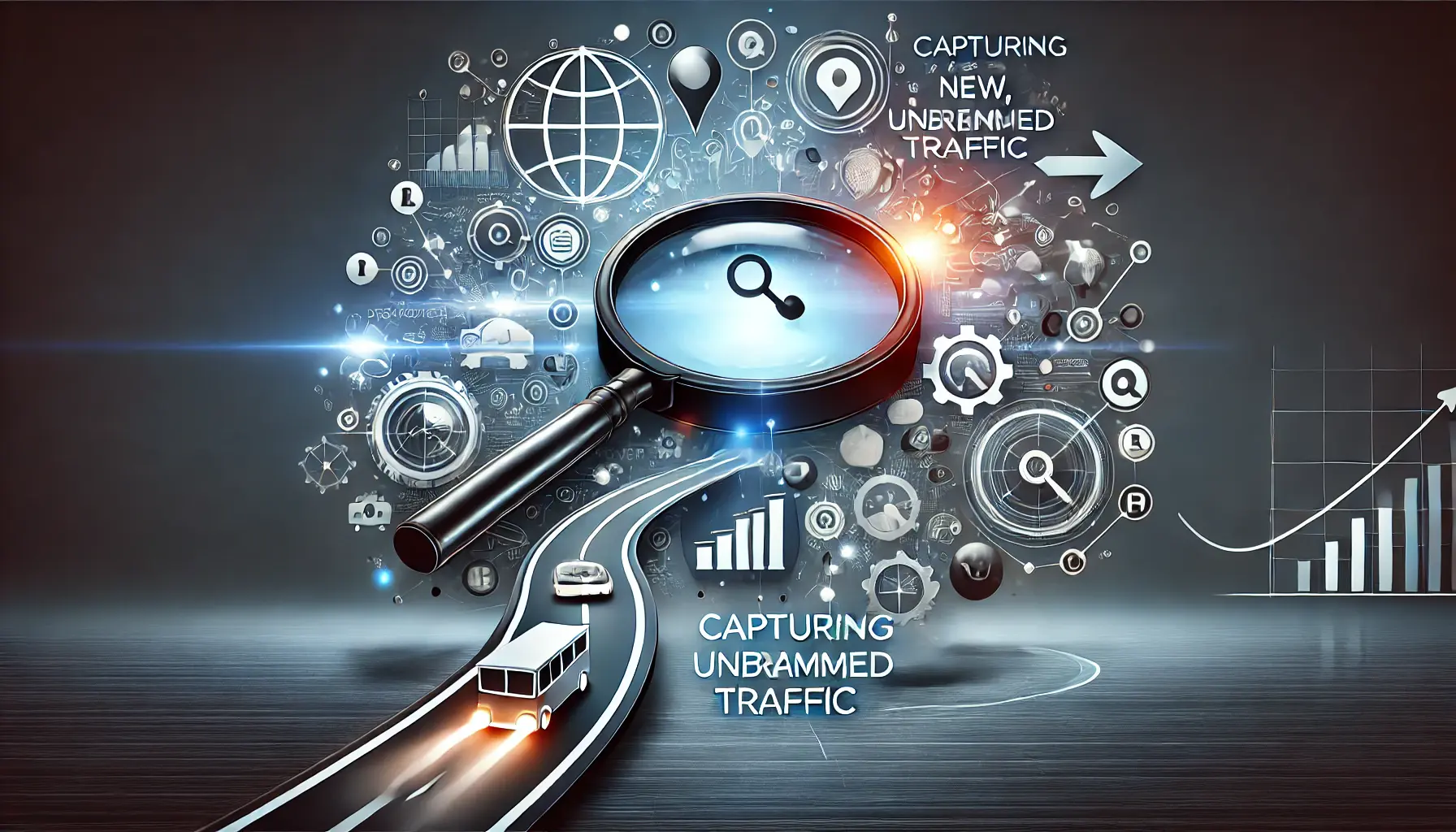
Capturing Unbranded Traffic for Business Growth.
1. Away Travel: Capturing Unbranded Traffic
Away Travel, a direct-to-consumer luggage brand, aimed to increase brand awareness and capture market share.
By leveraging Google Ads to target unbranded search traffic, they introduced their products to a broader audience.
This strategy resulted in approximately 70% of their search ad clicks coming from unbranded searches, significantly boosting their online presence.

Effective Campaign Structure for Optimal Results.
2. Glossier: Effective Campaign Structure
Glossier, a beauty brand targeting Millennials and Gen Z, optimized its Google Ads campaigns by structuring them into Branded and Non-Branded groups, each segmented further into Acquisition and CRM targets.
This careful and structured approach effectively reached their target audience, increased their online presence, and delivered strong returns.

Increasing Online Visibility for Enhanced Reach.
3. ForRent.com: Increasing Online Visibility
ForRent.com, an online apartment rental listing service, utilized Dynamic Search AdsGoogle Ads that automatically generate ad headlines based on the content of your website. (DSA) to capture a wider range of search queries.
This approach led to a 26% increase in click-through rates and a 37% decrease in cost per acquisition, significantly enhancing their online visibility and return on investment.

Customizing Regional Creatives for Targeted Marketing.
4. ORRA: Customizing Regional Creatives
ORRA, a well-known jewelry retail chain in India, tailored its Google Ads campaigns with region-specific creatives and offers.
By targeting customers based on location and interests, they saw a 30% increase in qualified leads and a 15% rise in store visits, proving the efficiency of personalized advertising strategies.
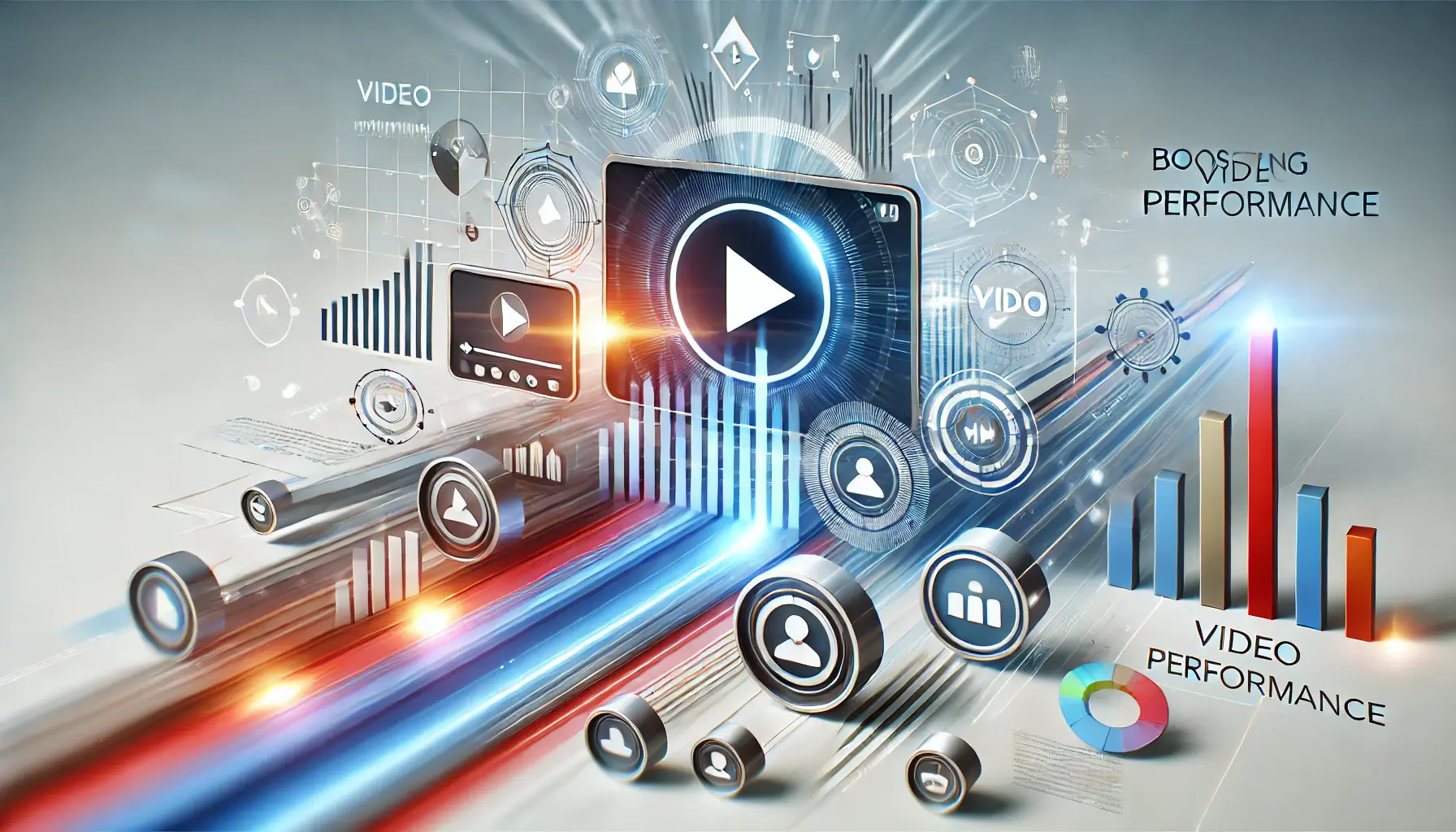
Boosting Video Performance for Increased Engagement.
5. Sky TV Italia: Boosting Video Performance
Sky TV Italia aimed to appeal more to a younger audience.
By using Google’s Display & Video 360 and Campaign Manager 360, they unified campaign management across display, mobile, and video platforms.
This strategy resulted in a 165% increase in site conversions and a significant reduction in cost per conversion, showcasing the power of integrated campaign controls.
These case studies demonstrate how businesses across various industries have effectively used updated campaign controls in Google Ads to achieve their marketing objectives.
You, too, can adopt these strategies to enhance your campaign performance and drive meaningful results.
Real-world examples, like Away Travel and Glossier, demonstrate the effectiveness of structured campaigns and advanced Google Ads features.
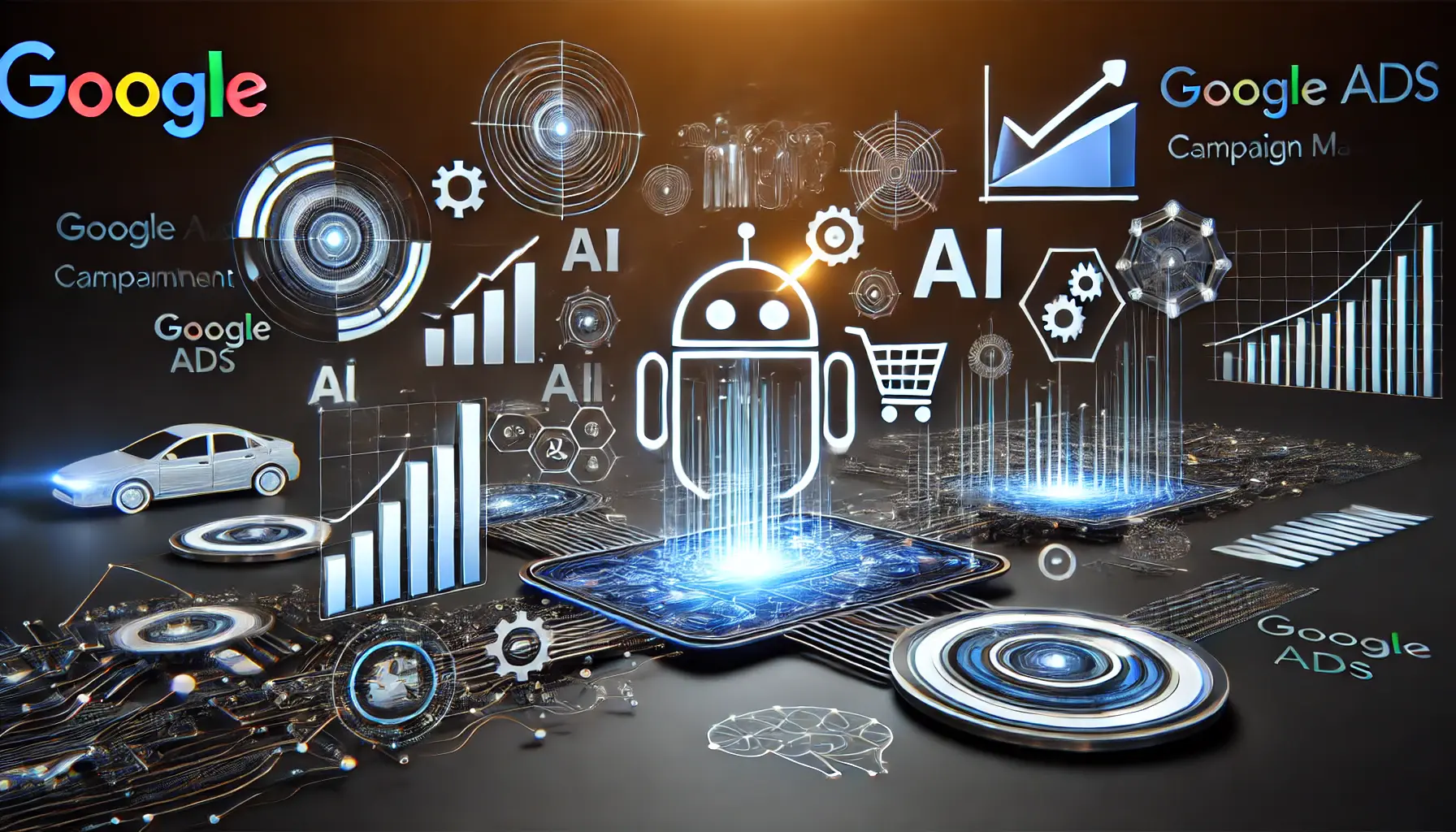
Exploring Future Trends in Google Ads Campaign Management.
Future Trends in Google Ads Campaign Management
As the digital advertising landscape continues to evolve, staying informed about emerging trends in Google Ads campaign management is essential for maintaining a competitive edge.
Here are some key developments to watch:

Increased Integration of AI in Digital Marketing.
1. Increased Integration of Artificial Intelligence (AI)
AI is set to play a more significant role in Google Ads, enhancing various aspects of campaign management:
- Predictive Analytics: AI-driven predictive analytics will enable proactive campaign optimization by forecasting potential challenges and opportunities, allowing marketers to adjust strategies in anticipation.
- Automated Ad Creation: Generative AI will assist in creating and personalizing ads more efficiently, reducing the time and resources required for ad development.
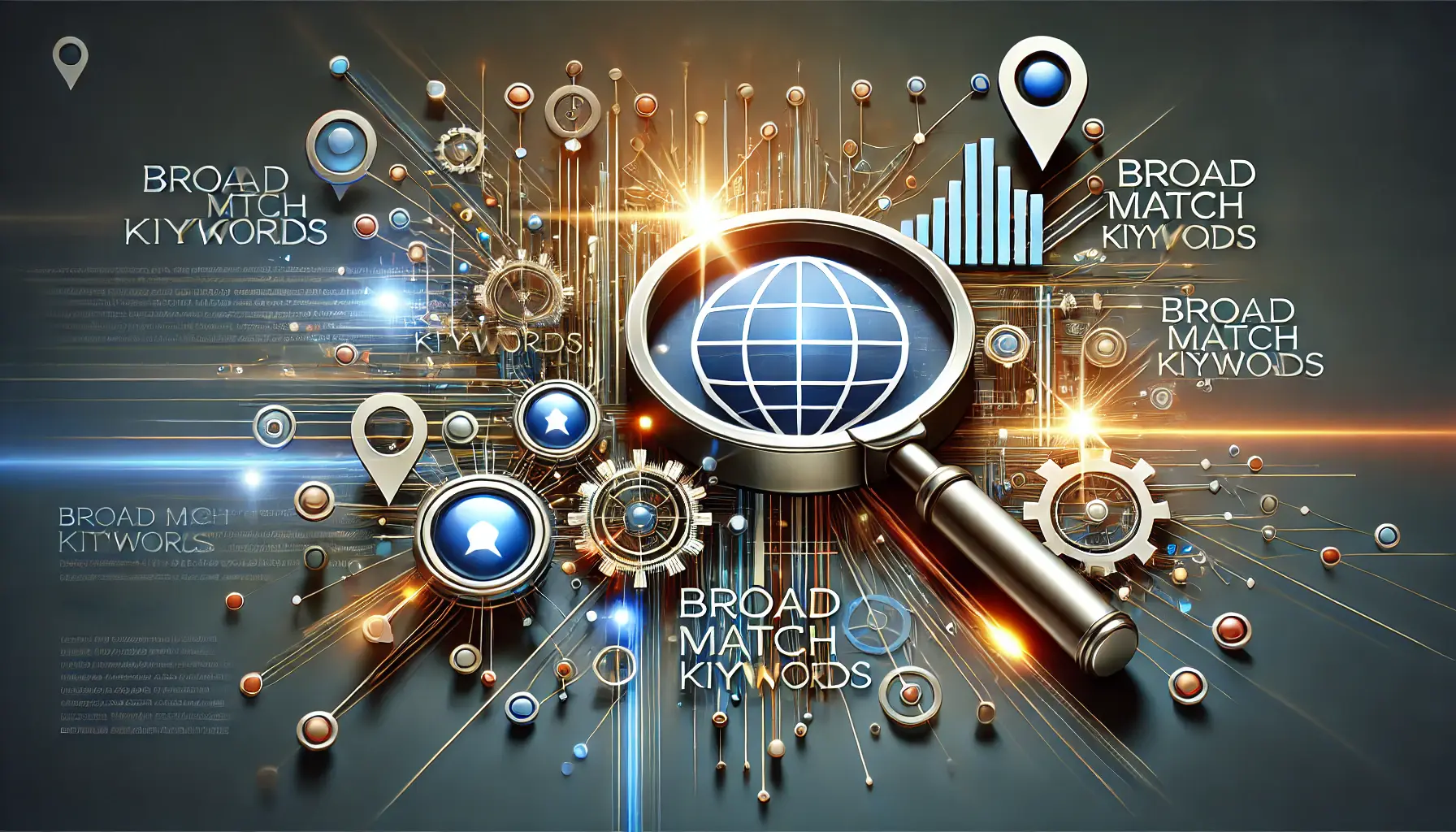
Emphasis on Broad Match Keywords for Expanded Reach.
2. Emphasis on Broad Match Keywords
Google Ads is now giving more prominence to broad match keywordsA keyword match type in Google Ads that triggers ads for searches that are related to the meaning of the keyword., which allow ads to show for a larger set of search queries.
This approach significantly increases reach but requires constant checks to ensure relevance and cost-effectiveness.
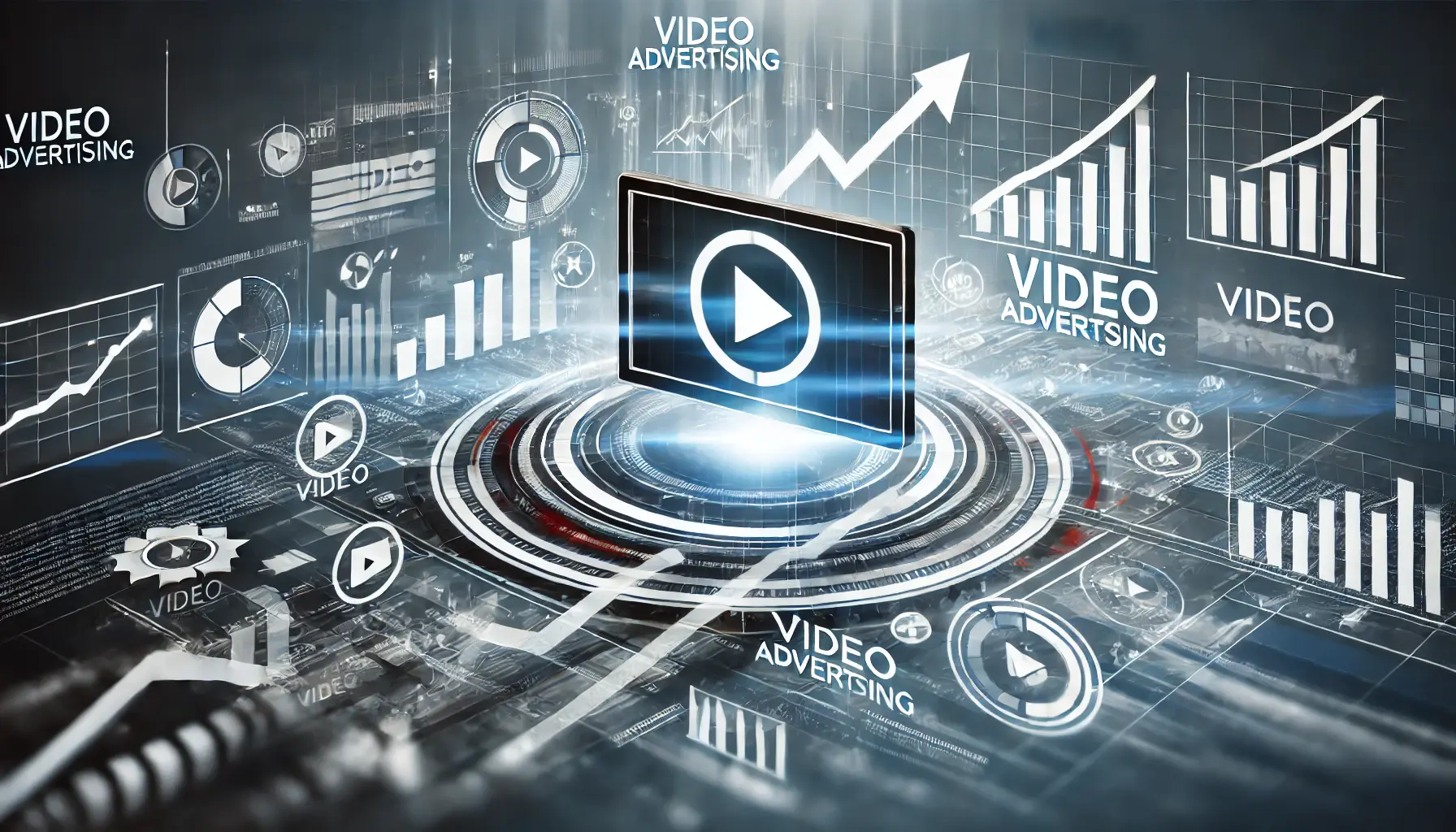
Growth of Video Advertising in Digital Marketing.
3. Growth of Video Advertising
Video content continues to grow in popularity, and Google Ads is expanding its video advertising capabilities:
- Demand Gen Campaigns: Starting in March 2025, Demand Gen campaigns will absorb Video Action campaigns for a more streamlined way to manage video ads and improved performance tracking.
- Interactive Ad Formats: New interactive video ad formats will engage audiences more effectively, driving higher engagement and conversion rates.

Enhanced Privacy Measures for Data Protection in Digital Marketing.
4. Enhanced Privacy Measures
With growing concerns about user privacy, Google is implementing measures to protect user data:
- Privacy-Safe Technologies: Privacy-safe technologies, like machine learning models that do not require individual user data to learn, will be developed and utilized more extensively.
- User Consent Prompts: Users will have more control over their data with the implementation of opt-in and opt-out prompts, affecting ad targeting strategies.

Real-Time Measurement and Optimization for Digital Marketing Success.
5. Real-Time Measurement and Optimization
Advancements in measurement tools will provide advertisers with real-time insights:
- Marketing Mix Modeling (MMM): Tools such as Google’s Meridian will offer real-time insights, enabling swift responses to changes in the economy and demand.
- Automated Adjustments: AI can drive real-time optimization of bids, targeting, and ad creatives based on current performance data.
Keeping updated with these trends and continuously refining your strategies will help you navigate the ever-evolving Google Ads campaign management space and achieve your advertising goals.
Emerging trends like AI-driven predictive analytics and enhanced privacy measures will shape the future of digital advertising strategies.

The Evolution and Impact of Campaign Controls in Google Ads.
Summarizing the Evolution and Impact of Campaign Controls in Google Ads
The advancements in campaign controls within Google Ads have revolutionized the way advertisers approach digital marketing.
This article explored key updates, best practices, real-world successes, and future trends, providing a comprehensive guide for leveraging these tools effectively.

Key Takeaways from the Evolution of Campaign Controls in Google Ads.
Key Takeaways from the Evolution of Campaign Controls
Google Ads has consistently refined its features to meet the evolving needs of advertisers.
The introduction of automation through AI-powered tools like Smart Bidding and Performance Max campaigns has streamlined operations, allowing advertisers to focus on strategic decisions.
However, the balance between automation and manual control remains vital to achieving the desired outcomes.
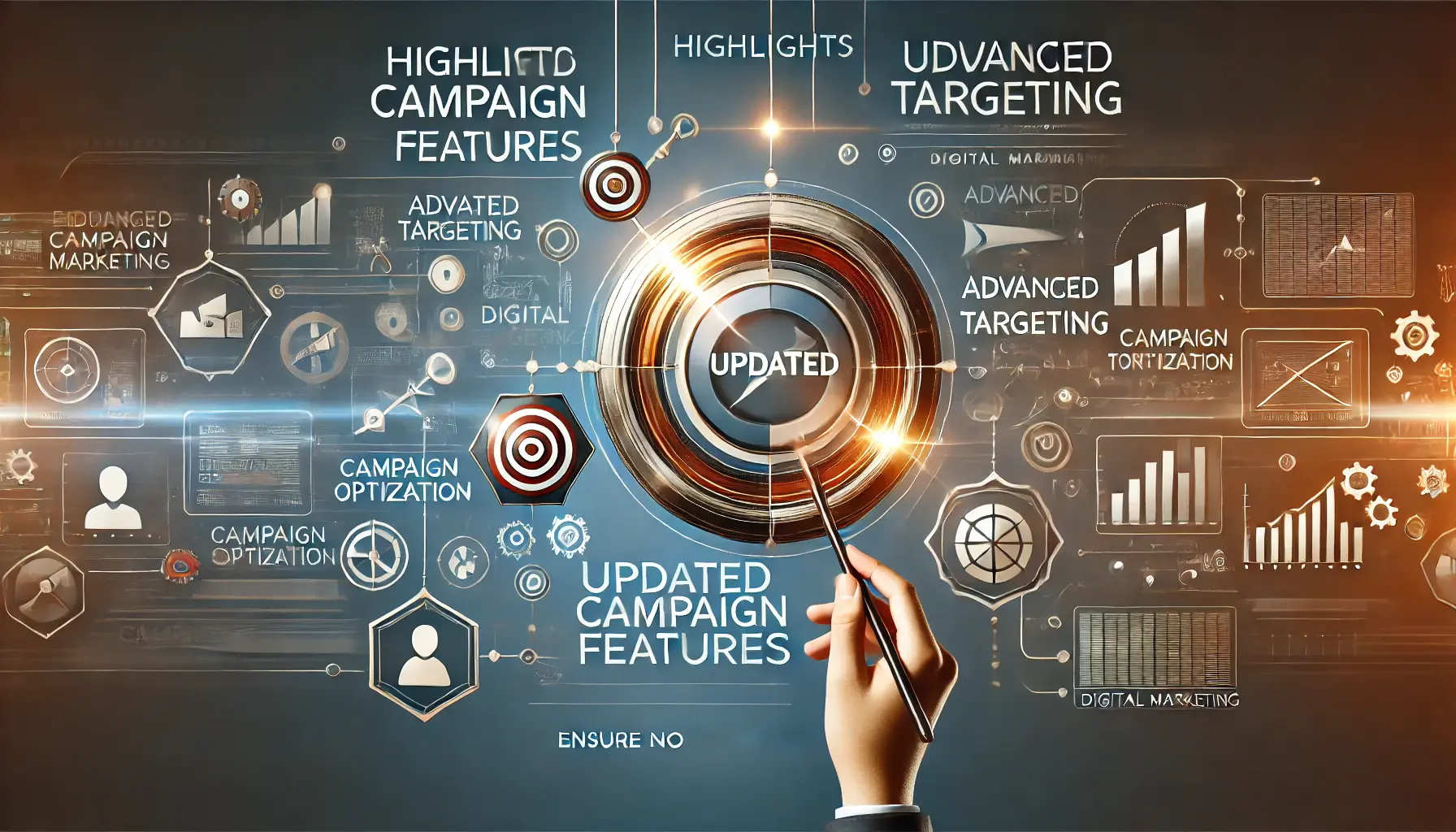
Highlights of Updated Campaign Features in Digital Marketing.
Highlights of Updated Campaign Features
The new campaign controls bring unprecedented flexibility and precision.
Key features such as enhanced bidding strategies, campaign-level negative keywords, and advanced targeting options empower businesses to achieve better results.
Adapting these features with a structured approach ensures optimal campaign performance.

Real-World Success Stories and Future Prospects in Digital Marketing.
Real-World Success Stories and Future Prospects
Case studies from brands like Away Travel, Glossier, and Sky TV Italia illustrate the tangible benefits of adopting updated campaign controls.
From capturing unbranded traffic to leveraging video advertising, these examples highlight diverse strategies that deliver measurable success.
Additionally, emerging trends like increased AI integration, privacy-focused advertising, and real-time optimization promise a dynamic future for campaign management.

Implementing Best Practices for Maximizing Digital Marketing Benefits.
Implementing Best Practices to Maximize Benefits
- Use a properly set-up campaign hierarchy to streamline management.
- Leverage AI-powered bidding and targeting options to increase efficiency.
- Continuously monitor performance metrics and strive for refinement.
- Stay informed about future trends to maintain competitiveness.
By combining these best practices with the latest Google Ads updates, businesses can unlock new opportunities to reach their audiences effectively and achieve their marketing objectives.

Final Thoughts on Digital Marketing Strategies.
Final Thoughts
Campaign controls have emerged as the cornerstone of successful Google Ads management, introducing new tools for both established and new advertisers.
Embracing these advancements secures a stronger presence in the competitive digital marketing landscape.
With the platform’s ongoing development, adaptive and knowledgeable advertisers will be best positioned for success in the future of online advertising.
Finding the balance between automation and manual control is vital for leveraging Google Ads to its full potential.
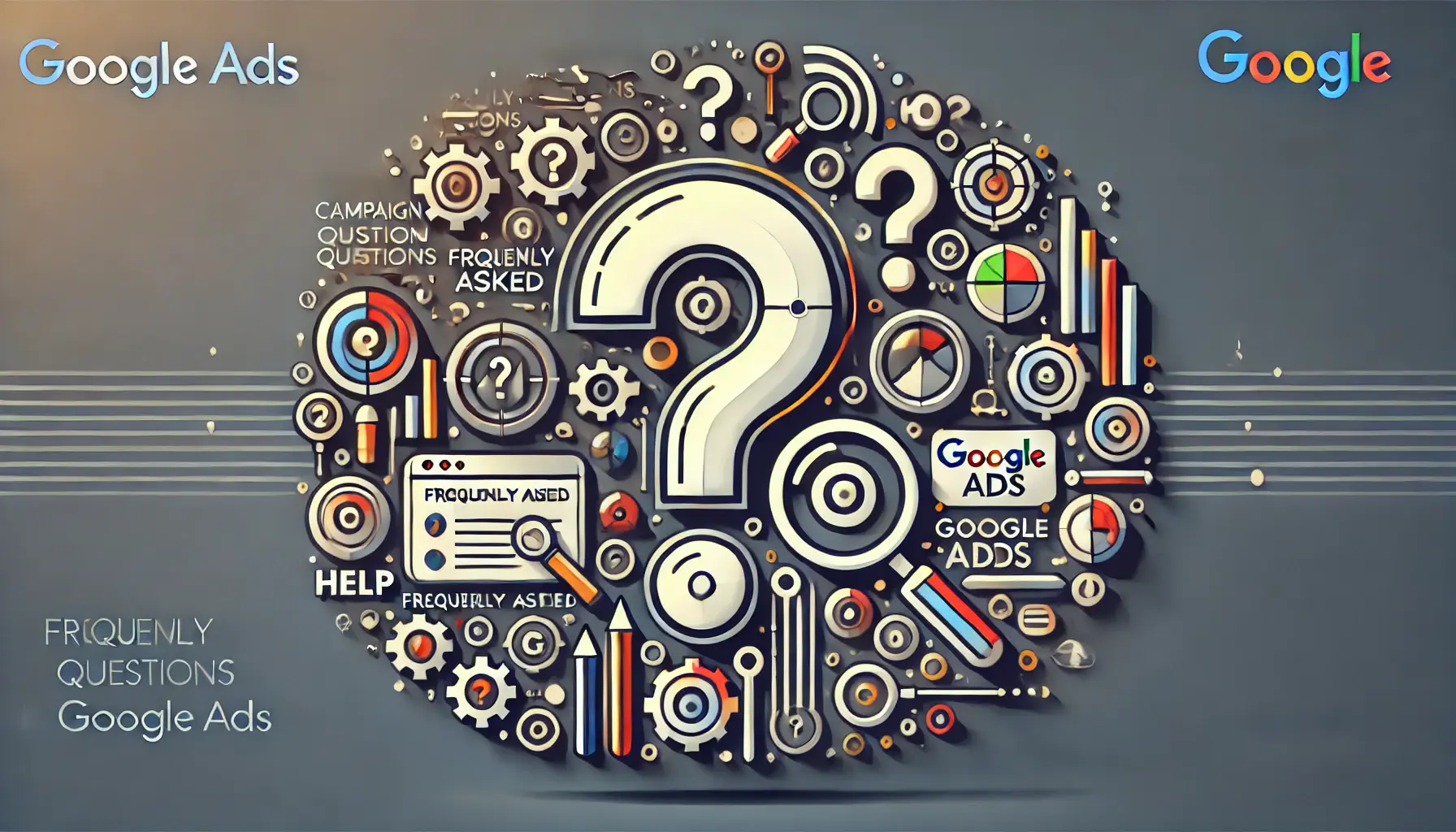
Frequently Asked Questions about Campaign Controls in Google Ads.
Your campaigns can be managed by an agency specialized in Google Ads, check out our service page.
Frequently Asked Questions about Campaign Controls in Google Ads
Understanding campaign controls in Google Ads is essential for effective ad management.
Here are some common questions and concise answers to guide you:
Campaign controls are tools and settings in Google Ads that allow advertisers to manage aspects like bidding, targeting, and budgeting to optimize ad performance.
AI-powered tools automate tasks such as bid adjustments and ad placements, improving efficiency and allowing advertisers to focus on strategic planning.
Performance Max campaigns utilize machine learning to optimize performance across all Google channels, streamlining ad management and enhancing reach.
Implementing negative keywords at the campaign level helps exclude irrelevant search terms, ensuring ads reach the most relevant audience and improving ROI.
Enhanced brand controls allow advertisers to guide ad placements more precisely, ensuring alignment with brand identity and reaching the intended audience.
Ad scheduling enables advertisers to display ads at optimal times, aligning with target audience behavior and maximizing engagement and conversions.
Future trends include increased AI integration, emphasis on broad match keywords, growth of video advertising, enhanced privacy measures, and real-time optimization.
Regularly reviewing official Google Ads resources, attending industry webinars, and participating in digital marketing communities can help you stay informed about updates.
Best practices include optimizing campaign structure, implementing advanced bidding strategies, improving ad creatives, utilizing audience targeting, and monitoring performance.



